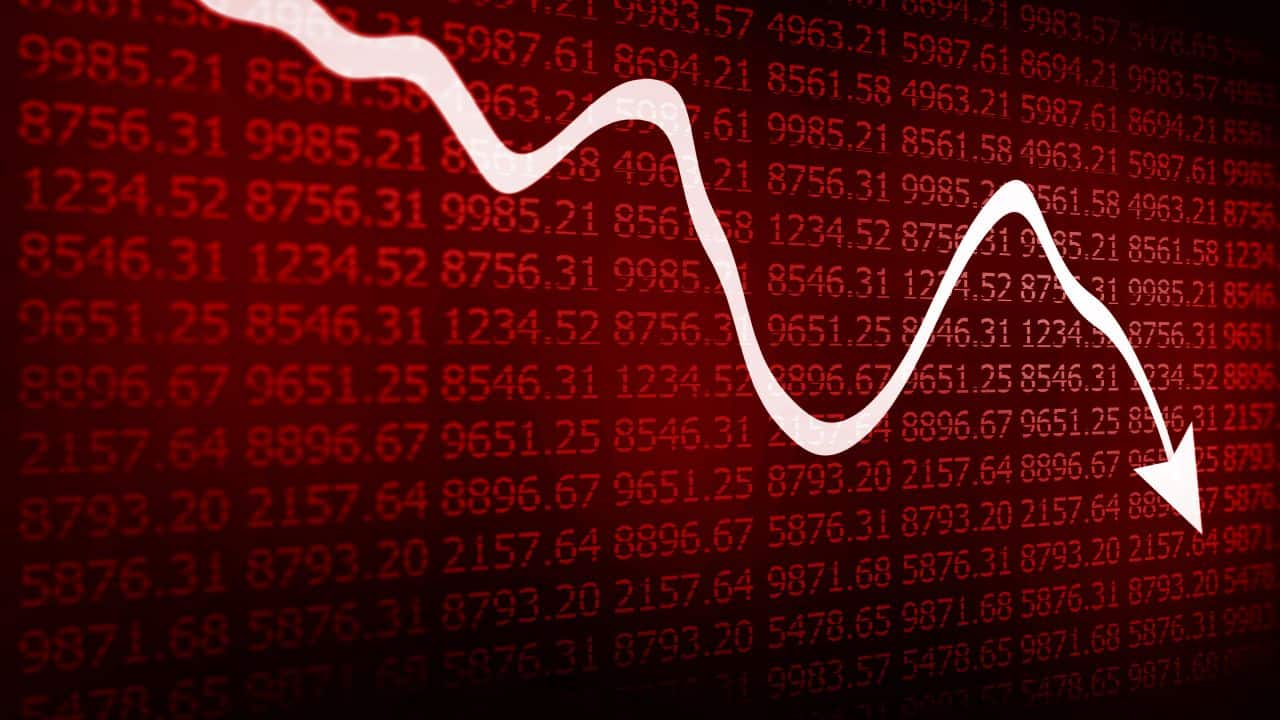 |
|
The Indian stock market experienced a significant downturn on December 18th, marking the third consecutive day of decline for the benchmark indices, Sensex and Nifty. This bearish trend can be attributed to a confluence of factors, primarily fueled by concerns surrounding US President-elect Donald Trump's renewed threat of reciprocal tariffs against India and anxieties preceding the US Federal Reserve's interest rate decision. The drop underscores the interconnectedness of global markets and the sensitivity of emerging economies like India to shifts in US policy and global economic sentiment. The Sensex plummeted by 634.38 points (0.78 percent) to an intraday low of 80,050.07, while the Nifty shed 186.15 points, settling at 24,149.85. Financial, power, and auto sectors were particularly hard hit, reflecting the broader market weakness.
One of the key catalysts for the market decline was the resurgence of trade tensions between India and the United States. President-elect Trump reiterated his intention to impose reciprocal tariffs on Indian goods, citing India's high tariffs on American products. This statement, which follows a period of relative calm in trade relations between the two countries, immediately introduced uncertainty into the market. The threat of escalating trade conflict weighs heavily on investors' minds as it could significantly impact Indian exports and overall economic growth. The potential for increased costs associated with exports further dampens investor confidence and contributes to the sell-off. The uncertainty around the extent and duration of these potential tariffs makes accurate market predictions difficult, and consequently, traders opt for a risk-averse approach.
Compounding the impact of the tariff threat was the substantial outflow of foreign institutional investor (FII) funds. FIIs offloaded equities worth a staggering Rs 6,409.86 crore on Tuesday alone, adding to the prevailing bearish sentiment. This massive sell-off reflects a combination of factors, including the relative underperformance of the Indian market compared to its US counterpart. While the S&P 500 has witnessed a significant year-to-date gain of 27.5 percent, the Nifty's rise has been more modest at 12 percent. This disparity in performance, according to analysts, reflects the perceived resilience of the US economy against the backdrop of challenges facing India’s economy. The divergence in economic performance between the US and India is prompting FIIs to shift their investment focus, leading to a substantial capital outflow from Indian markets. This action further fuels the downward pressure on the indices, creating a negative feedback loop.
Adding further pressure on investor sentiment is the ongoing anticipation surrounding the US Federal Reserve's monetary policy decision. While a 25-basis point rate cut was widely expected, the focus shifted to the Fed's subsequent commentary regarding future policy actions. Any indication of a slowdown or pause in the rate-cutting cycle could trigger a global market correction, impacting investor confidence worldwide. The uncertainty around the Fed’s future policy decisions adds to the existing jitters stemming from the trade war threats and FII sell-offs, creating a perfect storm for a market downturn. Market analysts suggest that the combination of these factors, namely persistent FII selling and the uncertainty concerning the Fed's future stance, is maintaining a high level of uncertainty among investors, keeping markets volatile and driving prices lower.
The convergence of these three major factors – Trump's tariff threats, substantial FII outflows, and the anticipation of the Fed's decision – has created a potent cocktail of negativity impacting the Indian stock market. The interconnectedness of global financial markets is clearly demonstrated by this event, highlighting how events in one corner of the world can quickly ripple across borders and have a profound effect on investor sentiment in otherwise unrelated economies. Looking ahead, market analysts are closely monitoring these evolving situations and their potential impact on the Indian economy. The overall outlook remains uncertain, with much depending on the resolution of trade disputes and the trajectory of global interest rates. Investors are advised to exercise caution and seek expert advice before making any significant investment decisions in this volatile market environment.
